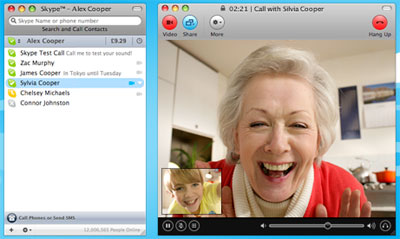No Fun was an online social experiment which made use of a popular website called ‘Chat Roulette,’ where users from around the world are randomly paired up with another user via their webcam. Usually, while many of the pairings can end up inappropriate (naked body parts, vulgar language, inappropriate actions, etc.), this performance takes the shock factor to an entirely new level.
The reading, Cyborgs, by Steve Dixon, begins with a relevant quote from René Descartes: “I comprehend, by the faculty of judgment alone which is in the mind, what I believed I saw with my eyes.” In this video, the unknowing participants were able to visibly see and understand the suicide scene that was displayed before them. While some of them viewed it as a comical prank, some of the users did believe exactly what they saw, however, they chose to separate themselves from this virtual world (the 3rd dimension). Many of the users noticed the scenario, yet continued on with their lives and appeared almost indifferent to the disturbing image before them. As long as they remained behind their computer screens, there were no consequences, the scenario did not have to become a reality, and therefore, the user was not obligated to provide any sympathy.
This experiment opposes the theories presented by such works as The Big Kiss, which claims that intimacy and engagement can be experienced online. However, the clear lack of engagement and connection in this experiment battles such arguments. Yet, the theory reinforces such investigations as Hole-In-Space, which displays strangers, who are separated by an entire country (from New York to Los Angeles), flirting with each other. Their separation of self from the virtual world allows them to act as if they have no consequences and a superficial relationship with the person before them.





